Asia Pacific Consumer Electronics Market Summary
As per MRFR analysis, the Asia Pacific Consumer Electronics Market was estimated at 330.17 USD Billion in 2024. The consumer electronics industry is projected to grow from 346.69 USD Billion in 2025 to 564.83 USD Billion by 2035, exhibiting a compound annual growth rate (CAGR) of 5.0 during the forecast period 2025 - 2035.
Key Market Trends & Highlights
The Asia Pacific Consumer Electronics Market is poised for robust growth driven by technological advancements and changing consumer preferences.
- The integration of smart technologies is transforming consumer electronics, enhancing user experiences across devices.
- Sustainability and eco-friendly products are gaining traction as consumers increasingly prioritize environmental considerations.
- E-commerce growth is reshaping the retail landscape, with online platforms becoming the largest channel for consumer electronics sales.
- Rising disposable income and increased urbanization are key drivers fueling demand for smartphones and laptops in the Asia Pacific region.
Market Size & Forecast
| 2024 Market Size | 330.17 (USD Billion) |
| 2035 Market Size | 564.83 (USD Billion) |
| CAGR (2025 - 2035) | 5.0% |
Major Players
Samsung Electronics (KR), Sony Corporation (JP), LG Electronics (KR), Panasonic Corporation (JP), TCL Technology (CN), Xiaomi Corporation (CN), Huawei Technologies (CN), Apple Inc. (US)

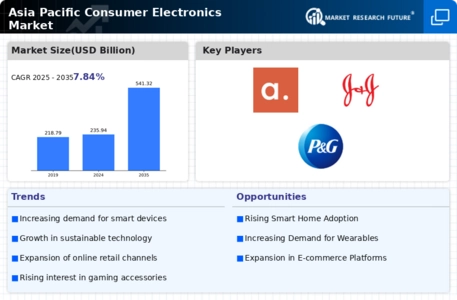
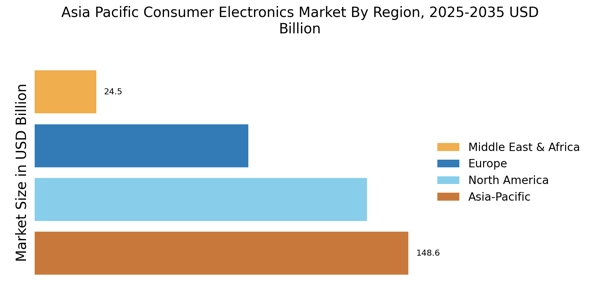

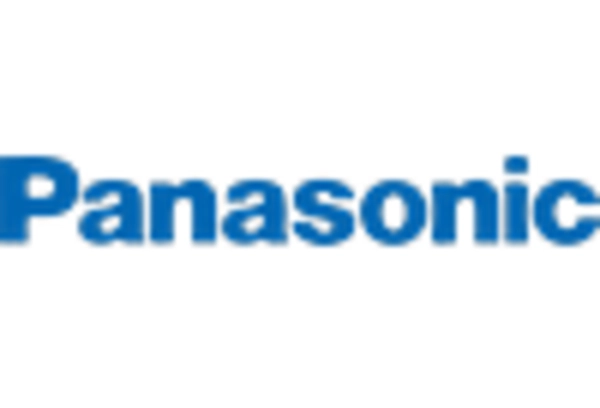

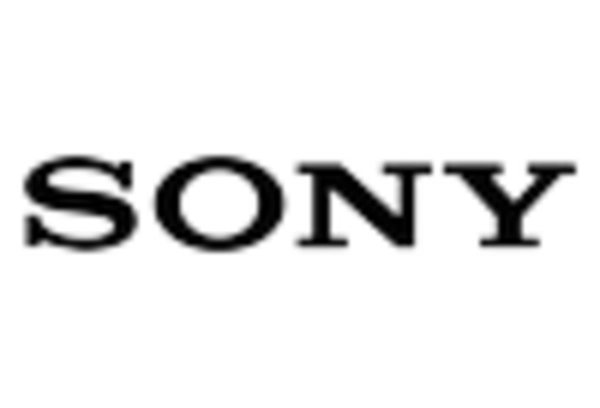

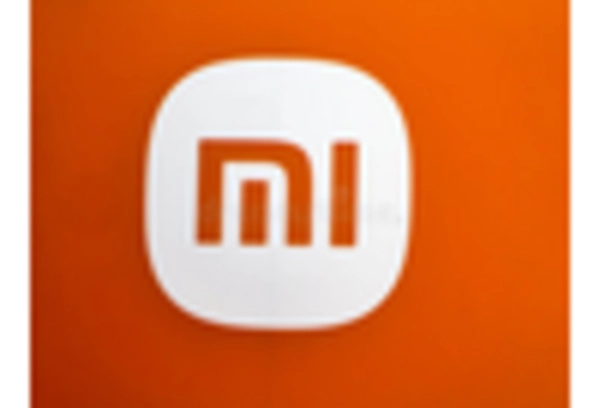








Leave a Comment